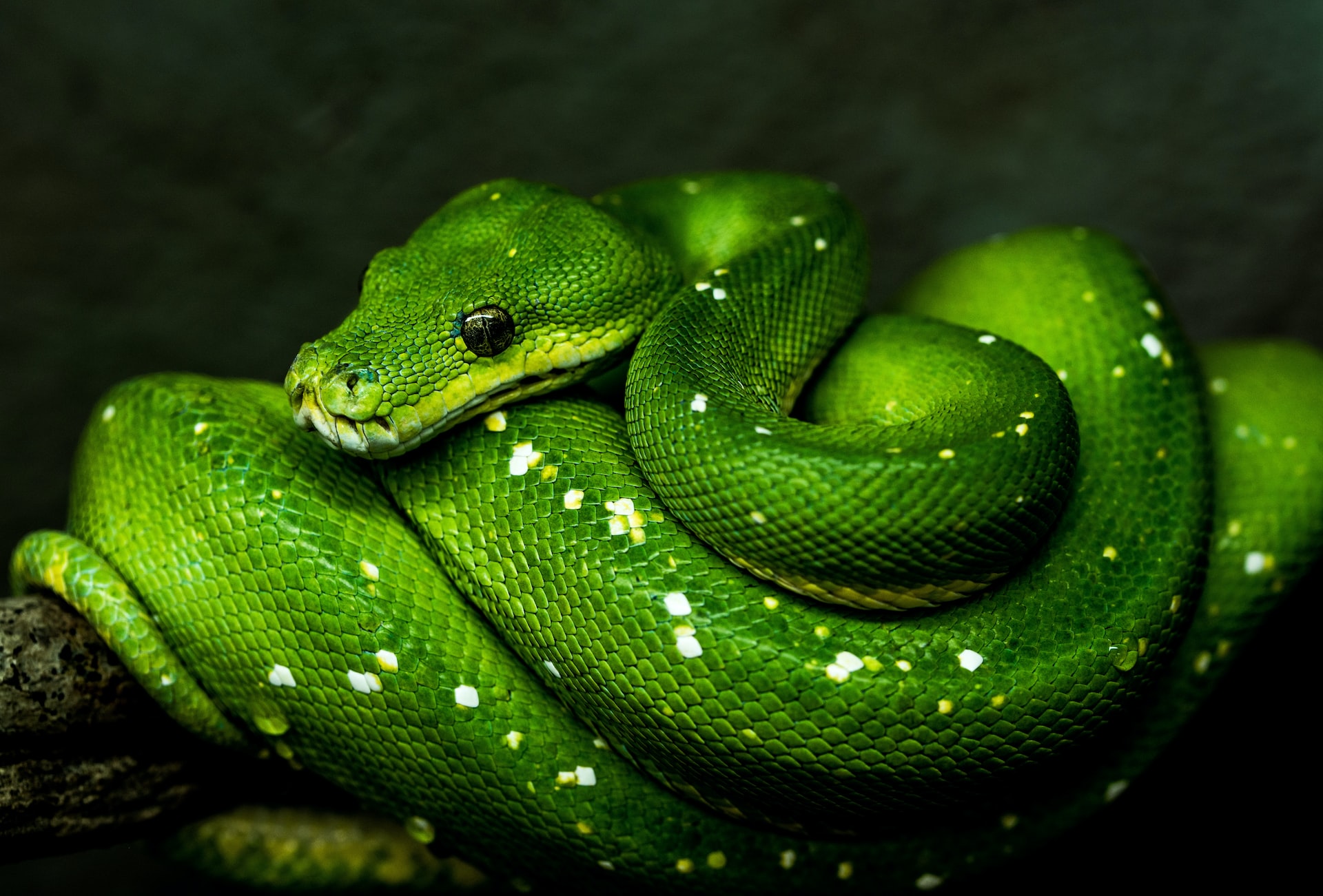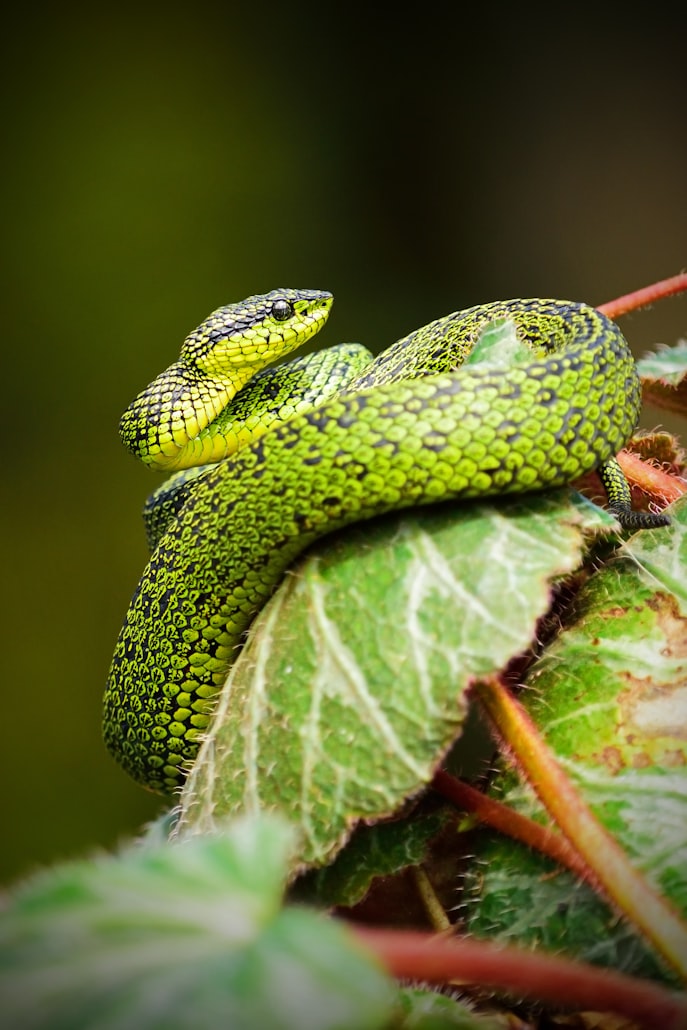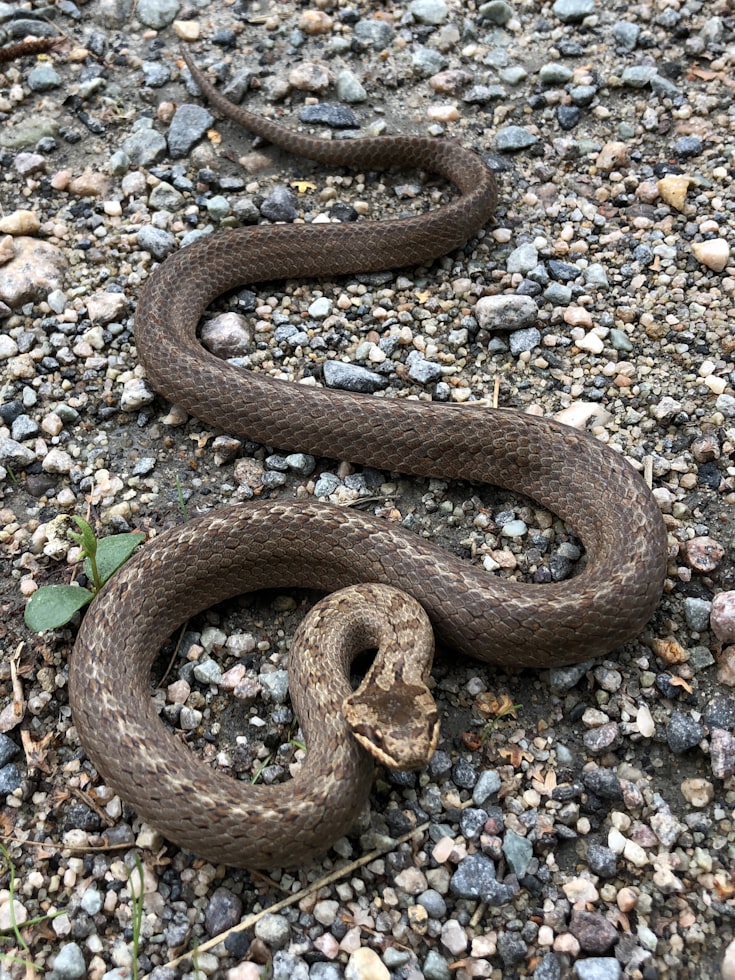15 Weird and Fascinating Facts About Snakes: The Strange and Surprising Quirks of These Mysterious Creatures

Snakes are mysterious and fascinating creatures that have captivated the human imagination for centuries. From their ability to swallow prey much larger than their own head to their ability to glide through the air, snakes are full of quirks and mysteries that are sure to amaze and intrigue you.
Fact #1: Snakes can sense the presence of prey through their skin
Snakes have a unique ability to sense the presence of prey through their skin, using a process called “vibrissae.” Vibrissae are small, hair-like sensory structures that cover the surface of a snake’s skin, and are used to detect vibrations and changes in the environment. This allows snakes to locate prey, even when it is hidden or out of sight, and helps them to navigate their environment.
Fact #2: Snakes can swallow prey much larger than their own head
Snakes are able to swallow prey much larger than their own head, thanks to their highly flexible jawbones and highly expandable throat. When a snake eats, it first bites its prey and then wraps its body around it, constricting it to prevent it from escaping. It then pushes the prey down its throat, using its powerful muscles to squeeze and grind it into small pieces that are easier to digest.
Fact #3: Some snakes are venomous and can inject venom through their fangs
Some snakes are venomous, which means that they produce and secrete venom through specialized glands in their bodies. Venomous snakes use their venom to kill or incapacitate prey and can inject it through their fangs, which are long, hollow teeth that are used to bite and inject venom. Venomous snakes can be found in many parts of the world, and include species such as cobras, vipers, and rattlesnakes.
Fact #4: Some snakes can fly
Yes, you read that right! Some species of snakes, such as the paradise tree snake and the flying snake, are able to “fly” through the air by gliding from tree to tree. These snakes are able to spread out their ribs and flatten their bodies, creating a wing-like shape that allows them to glide through the air for short distances.
Fact #5: Snakes can swim
While not all snakes are good swimmers, many species are able to swim through the water with ease. Snakes are able to swim using a combination of undulating movements and side-to-side body motions, and can even dive to the bottom of rivers and lakes in search of prey. Some species of snakes, such as water snakes and anacondas, are especially skilled swimmers and are often found near water sources.
Fact #6: Snakes can regrow their tails
Snakes are able to regenerate lost body parts, including their tails. When a snake loses its tail, the stump will begin to heal and regenerate, and a new tail will eventually grow in its place. The new tail may not be exactly the same as the original and may have a different color or pattern, but it will function in the same way.
Fact #7: Some species of snakes give birth to live young
While most species of snakes lay eggs, some species are able to give birth to live young. These snakes are called viviparous and include species such as garter snakes, pythons, and rattlesnakes. Viviparous snakes are able to nourish their young inside their bodies using a placenta and give birth to fully developed offspring.
Fact #8: Some snakes can change color
Certain species of snakes, such as chameleons and some species of coral snakes, are able to change color in response to changes in their environment. These snakes are able to do this by altering the pigments in their skin cells, which allows them to blend in with their surroundings and avoid predators.
Fact #9: Snakes can live for many years
Snakes are generally long-lived animals and can live for many years, depending on their species and the conditions in which they live. Some species of snakes, such as pythons and boas, can live for over 20 years in captivity, while others, such as rattlesnakes and garter snakes, may only live for a few years.
Fact #10: Snakes are found on every continent except Antarctica
Snakes are found on every continent in the world, except for Antarctica. They are a highly diverse group of animals and can be found in a wide range of habitats, from deserts and grasslands to forests and swamps. Snakes are adapted to a variety of environments and are able to survive in some of the harshest and most inhospitable regions on earth.
Fact #11: Some snakes can be trained to do tricks
While it may seem unusual, some species of snakes are able to be trained to do tricks, just like dogs or cats. Snakes are intelligent animals that are able to learn and remember commands and can be trained to perform a variety of tasks, such as fetching, weaving through obstacles, and even playing musical instruments.
Fact #12: Snakes can hear, despite not having ears
While snakes do not have visible ears, they are still able to hear. Snakes are able to detect sound waves through their skin and jaws, using a process called “bone conduction.” This allows them to pick up vibrations and sounds from their surroundings and helps them to locate prey and avoid predators.
Fact #13: Snakes can sense the presence of other snakes through their skin
Snakes are able to sense the presence of other snakes through their skin, using a process called “tactile communication.” When two snakes come into contact with each other, they will often rub their skin together, transmitting chemical signals and information about their species, sex, and health. This allows snakes to communicate with each other and recognize members of their own species.
Fact #14: Some species of snakes can glide through the air
As mentioned earlier, some species of snakes, such as the paradise tree snake and the flying snake, are able to “glide” through the air by spreading out their ribs and flattening their bodies. These snakes are able to control their movements and direction through the air by shifting their body position, and can even make sharp turns and sudden stops while gliding.
And, finally to conclude.
In conclusion, snakes are a diverse and fascinating group of animals that are full of strange and amazing facts. From their ability to sense prey through their skin to their ability to change color and glide through the air, snakes are capable of performing a wide range of functions and tasks that are essential for their survival.










